International
Tulsi Gabbard tells Trump she has ‘evidence’ voting machines are ‘vulnerable to hackers’
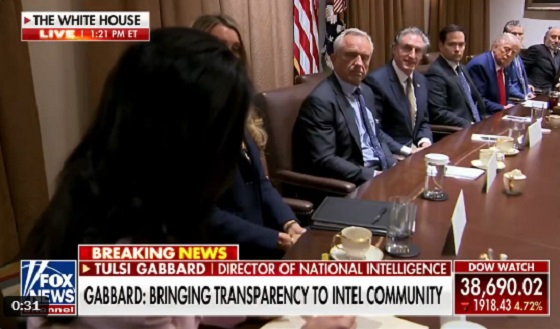
From LifeSiteNews
By Stephen Kokx
Last month, Trump signed an executive order directing federal election-related funds to be conditioned on states “complying with the integrity measures set forth by Federal law, including the requirement that states use the national mail voter registration form that will now require proof of citizenship.”
Director of National Intelligence Tulsi Gabbard announced during a Cabinet meeting last week at the White House that voting machines across the U.S. are not secure.
“We have evidence of how these electronic voting systems have been vulnerable to hackers for a very long time, and vulnerable to exploitation to manipulate the results of the votes being cast,” she said about a half hour into the meeting.
Gabbard’s remarks confirm what millions of Americans have long suspected about elections across the U.S.
President Donald Trump himself has maintained skepticism of current voting methods and has called for paper ballots to prevent cheating.
MyPillow CEO Mike Lindell was one of only a few voices to publicly argue that voting machines, like those run by Dominion and Smartmatic which were used during the 2020 presidential election, were compromised. GOP Congresswoman Marjorie Taylor-Greene took to X to praise the businessman after Gabbard made her remarks.
“Mike Lindell along with MANY others vindicated!!” she exclaimed on X. “Another conspiracy theory being proven right! Guess what Democrats already knew this and publicly talked about it in 2019! And then lied and lied and lied!!!”
Last month, Trump signed an executive order directing federal election-related funds to be conditioned on states “complying with the integrity measures set forth by Federal law, including the requirement that states use the national mail voter registration form that will now require proof of citizenship.”
Congress has also taken steps to ensure election integrity by voting on the Safeguard American Voter Eligibility Act (also known as the SAVE Act) last week. Dubbed “controversial” by the media and left-wing groups, the common sense bill would require persons to show proof of citizenship before voting. The House approved the measure 220-208 with four Democrats in support. The bill now heads to the Senate where it will face an uphill battle for the required 60 votes. Republicans currently have a 53 seat majority.
Gabbard told Trump at the meeting that the evidence she found “further drives forward your mandate to bring about paper ballots across the country so that voters can have faith in the integrity of our elections.”
International
Trump predicts Israel-Hamas ceasefire ‘within the next week’
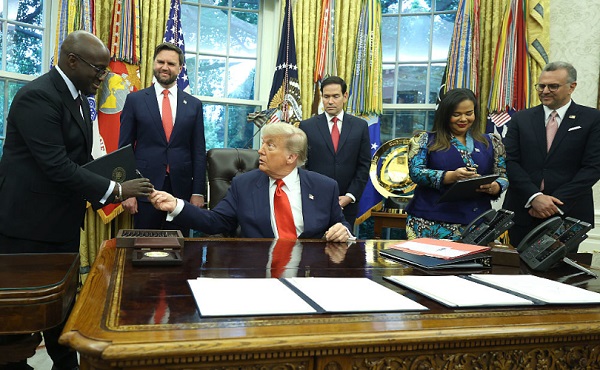
U.S. President Donald Trump hands a pen to Minister of Foreign Affairs and Cooperation of Rwanda Olivier Nduhungirehe as he meets with Nduhungirehe and the Foreign Minister of the Democratic Republic of the Congo Thérèse Kayikwamba Wagner in the Oval Office at the White House on June 27, 2025
From LifeSiteNews
President Trump said the US is sending aid to Gaza as part of a push to end the conflict between Israel and Hamas.
President Donald Trump has predicted a ceasefire between Israel and Hamas in Gaza “within the next week.”
Amid the signing of a peace deal between the Democratic Republic of the Congo and the Republic of Rwanda in the White House’s Oval Office on Friday evening, Trump addressed the “terrible situation” in the Gaza strip and stated that his administration believes “within the next week, we’re going to get a ceasefire.”
President Trump on Gaza: "We think within the next week we're going to get a ceasefire." pic.twitter.com/cWIRGnm963
— CSPAN (@cspan) June 27, 2025
Continuing, the president noted that the U.S. is supplying “a lot of money and a lot of food” to Gaza, “because we have to … because people are dying.”
“We’re doing that because I think we have to on a humanitarian basis,” Trump said.
Touting recent successes in brokering peace globally, Trump boasted, “In a few short months we have now achieved peace between India and Pakistan, Israel and Iran, and the DRC and Rwanda.”
On the conflict between Israel and Iran, the president stressed that the result of American intervention has been that “we ended up with no nuclear weapons,” and that, with the “12-day war” having come to an end, “hopefully there can be a lot of healing … Healing is starting.”
espionage
Trump admin cracks down on China’s silent invasion of U.S. science
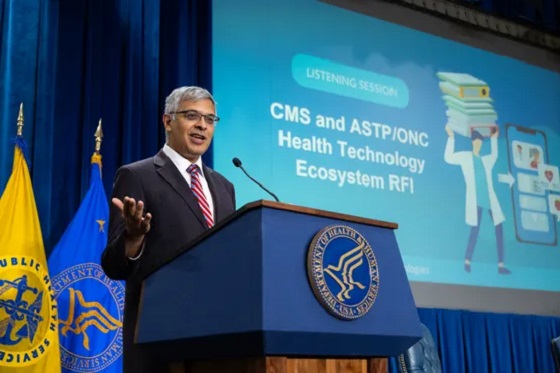
Quick Hit:
The Trump administration has launched a sweeping national security investigation into foreign scientists working in U.S. research institutions, targeting those from adversarial countries like China amid fears of espionage and biological threats.
Key Details:
- The probe targets as many as 1,000 foreign scientists inside the NIH alone, focusing heavily on Chinese nationals.
- Intelligence agencies are involved following multiple arrests of Chinese researchers attempting to smuggle dangerous pathogens into the U.S.
- The effort comes after repeated GAO warnings and revelations from a Chinese defector who says Beijing embeds agents in American labs.
Diving Deeper:
The Trump Administration has launched an intensive, behind-the-scenes investigation into hundreds of foreign scientists working in American research institutions—many of them tied to China’s communist regime. According to officials, the review began weeks ago and involves coordination with intelligence and security agencies.
The sweeping audit—prompted by longstanding concerns of foreign influence, espionage, and theft of intellectual property—has zeroed in on nearly 1,000 researchers within the National Institutes of Health (NIH) alone. Most are believed to have gained entry to the U.S. with help from federal research agencies during prior administrations, often without proper vetting.
“The Trump administration is committed to safeguarding America’s national and economic security,” White House spokesman Kush Desai told Just the News. “Taxpayer dollars should not and cannot fund foreign espionage against America’s industrial base and research apparatus.”
That warning is no longer hypothetical. In just the last month, federal officials say three Chinese scientists were arrested attempting to smuggle deadly pathogens into the U.S., including toxic fungi and crop-destroying roundworms—raising fresh fears of agroterrorism.
According to Dr. Li-Meng Yan, a Chinese virologist who defected to the U.S. in 2020, many scientists entering the U.S. from China are effectively agents of the Chinese Communist Party. “They have signed the contract with Chinese government to go back to China, serve for China with whatever they can get from the U.S.,” Yan said. “They become the CCPs’ kind of agents… like the parasites that go into your body.”
Years of inaction from federal agencies are partly to blame. The Government Accountability Office (GAO) has issued more than a half-dozen scathing reports warning that the NIH and partnering universities lack the safeguards to prevent foreign theft of research and influence over scientific projects funded by U.S. taxpayers.
In one 2021 report, GAO bluntly stated that “U.S. research may be subject to undue foreign influence” and cited the NIH’s failure to enforce conflict-of-interest policies, particularly with scientists tied to China.
The crackdown now underway comes amid a surge of related criminal activity. In one case, Chinese scientist Hao Zhang was convicted in 2020 for a scheme dating back to 2006 to steal proprietary semiconductor technology and launch a competing business in China. In another, a cybersecurity professor at Indiana University, Xiaofeng Wang, had his home raided by the FBI earlier this year and was quietly fired, though he has not been charged with any crime.
As part of the broader clampdown, the NIH recently issued new guidance barring researchers from funneling U.S. tax dollars to foreign partners through sub-grants. And the FDA has now halted all trials that export Americans’ cells to labs in hostile nations for genetic engineering—an issue of growing concern.
Congressional allies are backing the administration’s effort, with Rep. Nathaniel Moran (R-Texas) calling for sweeping reforms. “We’ve got to strengthen our own systems from within,” Moran said, “and we’ve got to push back in the trade world, in the tariff world and in the business practices world against China.”
With growing evidence of coordinated foreign espionage and exploitation of U.S. research systems, the administration’s covert operation marks a critical step in defending national security—and could reshape how America handles scientific collaboration for years to come.
-

 Bruce Dowbiggin16 hours ago
Bruce Dowbiggin16 hours agoWhat Connor Should Say To Oilers: It’s Not You. It’s Me.
-

 Business17 hours ago
Business17 hours agoFederal fiscal anchor gives appearance of prudence, fails to back it up
-

 Business15 hours ago
Business15 hours agoThe Passage of Bill C-5 Leaves the Conventional Energy Sector With as Many Questions as Answers
-

 Alberta13 hours ago
Alberta13 hours agoAlberta poll shows strong resistance to pornographic material in school libraries
-

 Business11 hours ago
Business11 hours agoCanada should already be an economic superpower. Why is Canada not doing better?
-
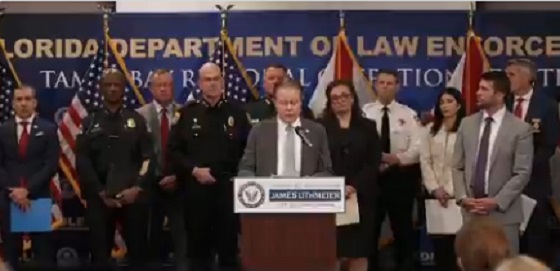
 Crime12 hours ago
Crime12 hours agoFlorida rescues 60 missing kids in nation’s largest-ever operation
-

 Banks14 hours ago
Banks14 hours agoScrapping net-zero commitments step in right direction for Canadian Pension Plan
-
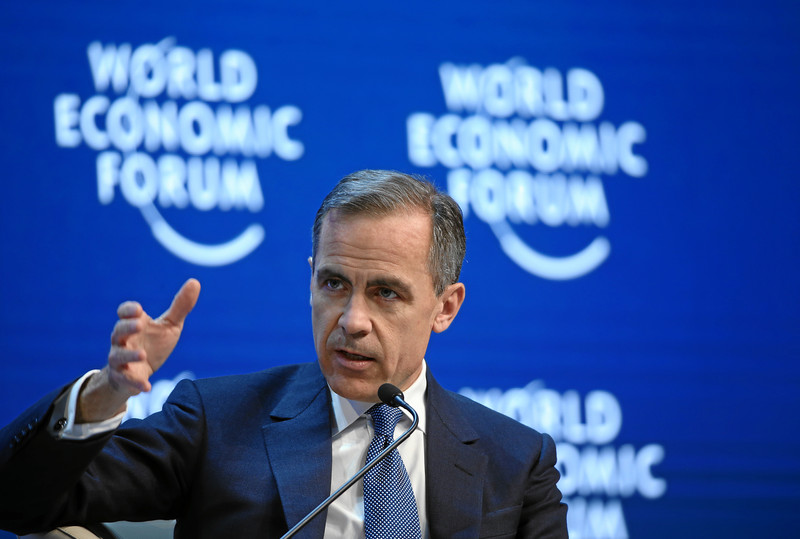
 Business2 days ago
Business2 days agoBehind the latest CPI Numbers: Inflation Slows, But Living Costs Don’t



